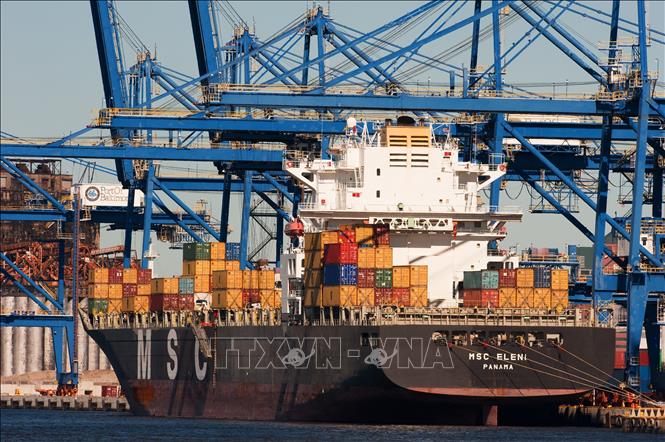
Cargo ships unload goods at Baltimore port, USA. Photo: AFP/TTXVN
“Liberation Day,” as Trump calls it, will arrive on April 2 and could bring a new round of tariffs. Trump has already announced a 25 percent tariff on all imported cars and tit-for-tat tariffs on individual countries based on their trade policies. Could that plan change? No one knows for sure.
This would be bad news for American businesses, as they don’t know how far the trade war will escalate. American consumers are also worried that inflation will squeeze their wallets.
Since taking office, Mr. Trump has twice announced tariffs on goods imported from Canada and Mexico, then postponed them. The additional 10% tariff on Chinese goods has now doubled to 20%. Tariffs targeting individual industries are also numerous. Mr. Trump has imposed tariffs on imported aluminum and steel and pledged to impose tariffs on chips, lumber, and pharmaceuticals. Copper prices have skyrocketed amid speculation that the commodity will be the next target of tariffs.
The reasons given by Mr. Trump are also very diverse: from border control, fighting drug trafficking, VAT, trade deficit, to the acquisition of the TikTok platform. Recently, he also threatened to impose tariffs on any country that buys oil from Venezuela.
To appease Mr. Trump, businesses have made a series of investment plans. But when they report to shareholders, they complain about the unpredictable business environment. Surveys show that capital spending plans are falling sharply, while the White House believes that the auto tariffs will encourage businesses to invest in the United States, helping the economy grow, create more jobs and increase real incomes.
But uncertainty is a deterrent to investment, as factories cannot be built overnight. Investing in factories to cope with the US President’s volatile tax policy is risky. Observers point out that the tariffs Trump imposed during his first term could not save the weakening US manufacturing industry. On the contrary, they pushed up costs for businesses using imported steel.
April 2 is certainly not the day Trump ends his volatile tax policy. Unlike his previous term, he seems unconcerned about the financial markets plunging because of his policies. He is also not someone who cares too much about specific details, leaving markets and countries to speculate.
However, Mr. Trump’s unpredictability also comes partly from his flexibility. This is an opportunity for the US President’s advisors to find ways to “tweak” policy. Among them, some people advocate using emergency powers only as a temporary measure, then returning to the more methodical approach of the previous term - tariffs only applied after a thorough investigation. Even if it is just a basic process, that would be a big improvement.
America’s trading partners also need to consider how to stabilize the situation. Retaliating on April 2 is an option, and many have done so before. But retaliation comes at a cost. It causes economic damage and could provoke a further U.S. government response. For most countries, retaliation is not a viable option. Even those with the power to fight back must weigh the decision carefully.
Better yet, try to minimize the damage. With President Trump’s tit-for-tat approach, some countries may be able to persuade him to reduce their own tariffs. They could also remove trade barriers between themselves, deepening integration as Trump turns America’s back on the world .
The ripples from the US president's trade policies may be destabilizing, but they don't necessarily have to spread globally.



![[Photo] Hanoi morning of October 1: Prolonged flooding, people wade to work](https://vphoto.vietnam.vn/thumb/1200x675/vietnam/resource/IMAGE/2025/10/1/189be28938e3493fa26b2938efa2059e)

















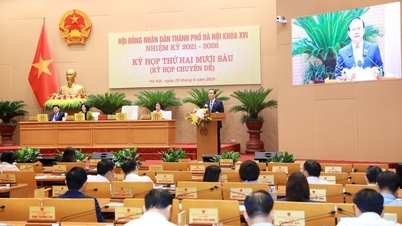






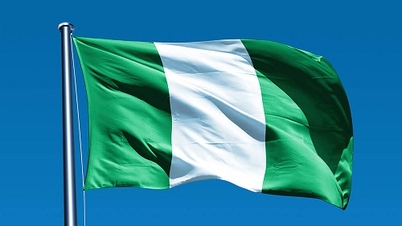
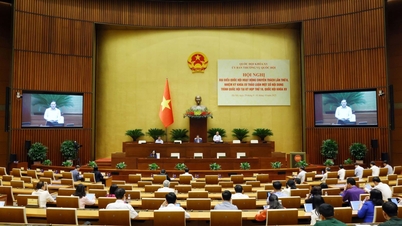
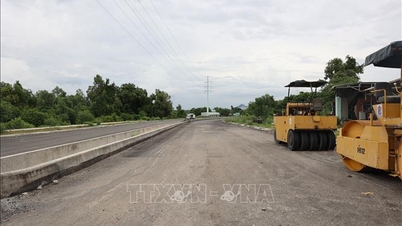


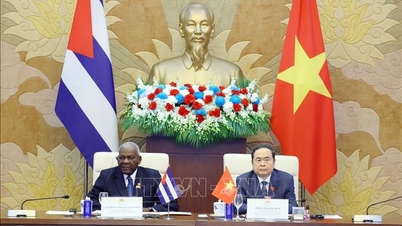
![[Photo] President Luong Cuong receives President of the Cuban National Assembly Esteban Lazo Hernandez](https://vphoto.vietnam.vn/thumb/1200x675/vietnam/resource/IMAGE/2025/9/30/4d38932911c24f6ea1936252bd5427fa)
![[Photo] The 1st Congress of Phu Tho Provincial Party Committee, term 2025-2030](https://vphoto.vietnam.vn/thumb/1200x675/vietnam/resource/IMAGE/2025/9/30/1507da06216649bba8a1ce6251816820)
![[Photo] Panorama of the cable-stayed bridge, the final bottleneck of the Ben Luc-Long Thanh expressway](https://vphoto.vietnam.vn/thumb/1200x675/vietnam/resource/IMAGE/2025/9/30/391fdf21025541d6b2f092e49a17243f)






















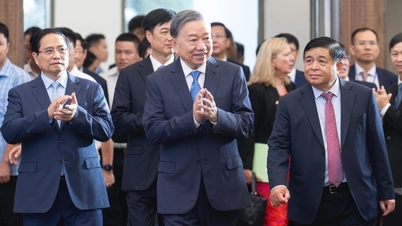



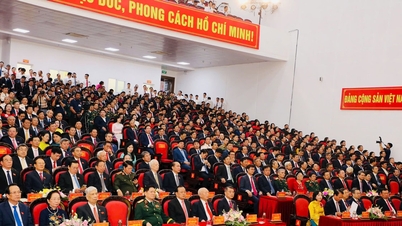













![[Megastory] A term of creation: An Giang rises from historical imprints](https://vphoto.vietnam.vn/thumb/402x226/vietnam/resource/IMAGE/2025/10/1/2660ab96e53f4270bcc37f8d39c36c78)



















Comment (0)